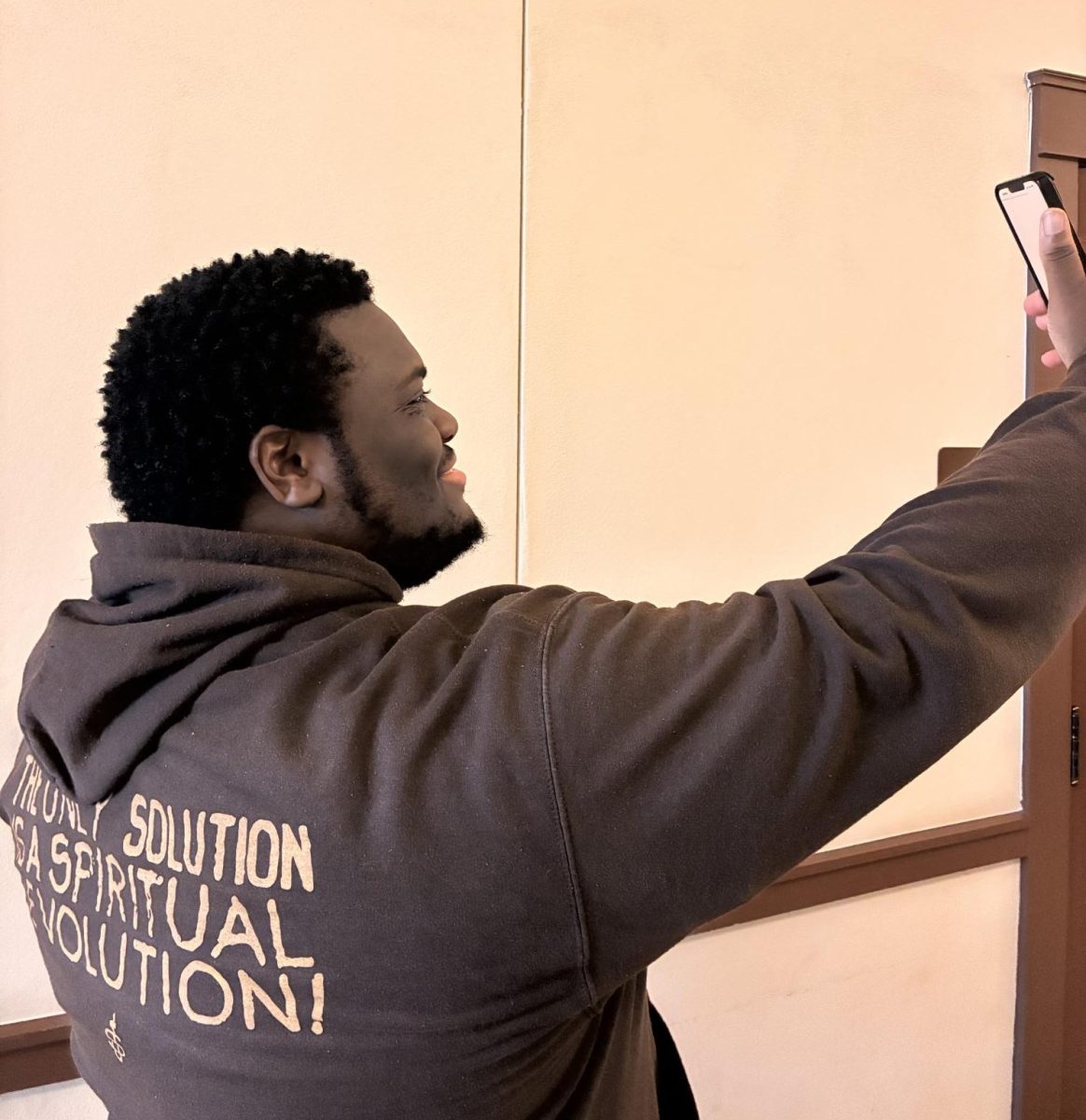Last week, a string of earthquakes have hit Myanmar, Japan and Ecuador. Two hit in Japan, leaving over 40 dead and hundreds injured. After the four earthquakes, there has been an estimated 523 dead with more than 6,000 people injured.
The string of earthquakes started in Myanmar with a 6.9 magnitude quake shaking the country in the north around the city of Mandalay. According to Reuters and the International Business Times, the quake caused minimal damage, due to the epicenter being in a relatively unpopulated area leaving approximately 80 injured.
According to a CNN report, the second quake to hit in the flurry was in Japan, where the casualties were limited to nine, but over 800 were injured. The 6.2 quake shook the ground, but the infrastructure stayed mainly in tact. The epicenter was in the city of Ueki to which over 25,000 ground troops from the Japanese army has been sent to aid in recovery.
The third leveled cities in Ecuador with a staggering 7.8 quake that has devastated the country at-large. The epicenter was close to the Manabi Province, a large tourist destination. According to a CNN report, the Defense Minister Ricardo Patiño said that it will take the country years to rebuild and their main effort now is to rescue survivors.
“The Ministry of Security’s risk management agency released a statement updating the death toll from Saturday’s magnitude-7.8 earthquake,” the CNN report said. “It now stands at at least 480, with more than 4,000 injured.”
The fourth was a second quake in Japan, this time far more destructive in its power. The 7.3 quake hit the island of Kyushu, this time with a force collapsing buildings and killing 34 people while injuring another 1,500.
These earthquakes may not be connected, as for some countries this is normal geographical occurrences, said seismologist and External Relations Officer for the Berkeley Seismology Laboratory Jennifer Strauss.
“The Japan earthquakes happened on a strike slip fault on the southern island,” Straus said. “This region commonly has subduction zone faults, so while not surprising, it is less common to see. Ecuador has a history of large earthquakes, so this recent event falls in with what we see historically.”
Others say that these are not only common, but they happen usually in unpopulated areas so they rarely get news coverage. Associate professor in seismology at Yale University Maureen Long said these events are rather common, they just usually go unreported.
“The recent string of earthquakes is really just normal activity for the Earth. Statistically, there are around 15 earthquakes of magnitude 7 or greater per year worldwide, or a little over one per month,” Long said. “If these events happen in unpopulated areas or do not cause a lot of damage to human infrastructure, then they usually don’t make the news.”
Seismologists agree on the fact that this will have no geological impact on the United States, but the effects could be felt on meters in the U.S.
“While the ground motion from these earthquakes were measurable on seismic stations in the US, these earthquakes will not affect the US or in any way damage our infrastructure,” said Danielle Sumy, project associate for the Incorporated Research Institutions for Seismology.
The Global Seismic Hazard Map is a tool used to determine the probabilities of these events happening in certain areas. While earthquakes cannot be predicted, scientists can see areas that have strong likelihoods for seismic activity.
One such area lighting up with possible seismic activity is the eastern seaboard such as California, running up through Alaska. This area is between 1.6 to 4.0 in peak ground acceleration according to the map. Mississippi and neighboring Alabama have a relatively low probability for quakes, falling between 0.2 and 0.4 on the scale indicating light activity, if any.
Strauss said that what the U.S. can do is learn from these sorts of disasters as well as provide charitable support to these rebuilding nations.
“The earthquakes are 1/2 way around the globe from us, so in terms of them triggering earthquakes here, that is unlikely,” Strauss said. “They do affect the US in terms of citizens charitably providing aid to these countries, rebuilding assistance, and scientists doing research to learn more about earthquakes and hazard in different areas of the world.”
Long said while we may not see geological issues, this still may affect the US and our preparedness for future events.
“We don’t expect these earthquakes to impact the US geologically. However, we can always learn from earthquake disasters in other places about how to increase our own preparedness here in the US in places that are prone to earthquake damage.”


























